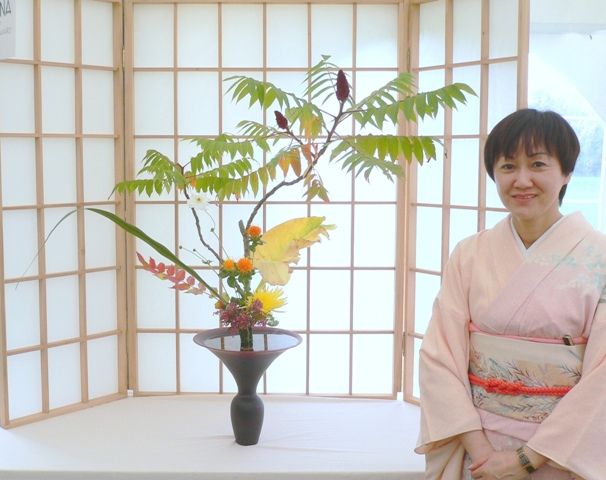


Dior Homme released it’s 2014 fall/winter collection which consists of unique and high quality wears. These pieces are high quality suits. The suits are available in different styles and designs; there are the two piece suits and the three piece suits. They have also these single breast and double breast ones. They come in different electrifying colors of blue, black, grey and checked. They are made from high quality woolen fabric which makes them look gorgeous.
They are matched very well with plain blue shirts, stripped shirts and checked shirts. The suits are also well matched with high quality shoes in black and brown. Each suit comes with a jacket to match. The jackets are available in different colors, styles and designs and are made of high quality woolen and cotton materials.
They are available in the knee-long sizes. Also available are the jeans jackets and trousers. They appear in blue and are matched well with different types of trousers. The jeans trousers are also very well matched with high quality coats and ties. They also keep high quality ties in their collection; the ties are available in different styles and colors.
There are the checked, dotted and plain ones. They match well with the suits, coats and the Jackets. High quality stylish suits are also available in different styles, colors and designs and match well with the suits and ties.


